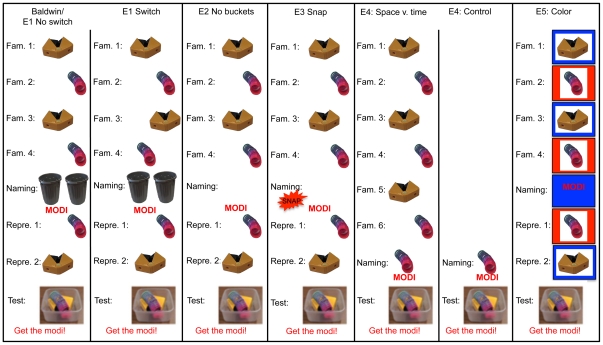Figure 1. The tasks used in Experiments 1–5.
The far left panel shows the original Baldwin (1993) task [1], a classic demonstration of children's use of social cues in word learning, that we used as the basis of our studies. Experiment 1 replicates the Baldwin task in the No-Switch condition and tests the necessity of spatial consistency for children's performance in the Switch condition. Experiment 2 tested the necessity of the buckets in this task by removing them from the critical naming event—the experimenter simply pointed to the empty space on the table where one of the objects had been during familiarization and said the name. In Experiment 3 a more diffuse spatial cue was provided. During the naming event the experimenter held her hand out to one side of the table and snapped, directing children's attention, generally, to one side or the other. Experiment 4 pitted prior consistency in space against temporal contiguity. We gave children consistent spatial experience with two objects as in the previous experiments, but during the naming event in the experimental condition the experimenter pointed to and labeled a visibly-present object. Critically, the object was in an inconsistent spatial position. A control condition confirmed that children this age would bind a name and object presented ostensively. Experiment 5 tests the prediction from the DNF model that children cannot use color cues to bind names with objects. During familiarization, each object was presented at the center of the table but consistently on either a red or a blue tray. During the naming event, one of the two colored trays was presented at the center of the table and the experimenter pointed to it and said the label. The final test event was exactly as in the prior experiments.

